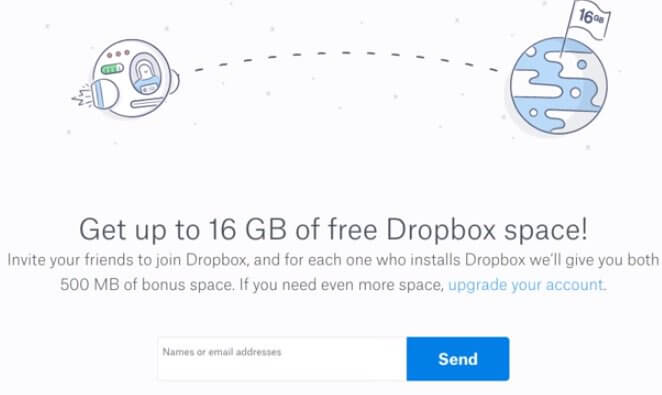
What is Growth Hacking?
Growth Hacking involves experimenting across lots of different marketing channels in a short span of time to try and find efficient ways to grow your business as cost-effectively as possible.
A lot of people make the mistake of thinking that this is all about faster growth. In fact, growth hacking techniques aren’t always speedier than more conventional digital marketing strategies (which we’ll look in a moment).
Typically, growth hacking is associated with startups that don’t have access to the same budgets, resources or marketing teams that a more established company does. Instead, they’re thinking up creative ideas that allow them to bypass costly growth strategies and expand enough to survive in the early stages.
At times, that could mean hitting on a genius idea that becomes a runaway success. Often, though, the reality involves trying out a ton of ideas that don’t involve financial investment, just to see what sticks. This process can be time-consuming and very hard to scale, which is why bigger companies often stick to more dependable, tried-and-tested digital marketing strategies instead.
It also takes an obsessive level of attention to data. You need to be watching the numbers all the time, ready to pounce on anything that shows signs of taking off.
Growth Hacking Strategy Examples
Take . The online storage and file-sharing company is now hugely successful, but in its earliest stages, it struggled to sign people up.
Dropbox was spending a fortune on PPC ads – far more than the $5/month subscription-free they earned from each new signup. They needed a way to onboard many more people for free.
So here’s what they did:

Dropbox adopted a referral system that offered their existing customer free space for every new person they signed up. Suddenly they had all these people sending out emails and doing their marketing for them, without upfront costs at their end. It worked a treat.
Or what about the clothing brand Nasty Gal?
Founder (author of #GIRLBOSS) started out selling vintage clothes on eBay when she was broke, quickly realising that all the work of sifting through piles of junk in rag houses was only worth it if you could hone in on what people would pay a premium for. Experimenting revealed that she got a lot more clicks when she showed real people wearing the items, but she couldn’t afford to hire models… so she befriended girls with striking looks on MySpace, and carefully analysed the conversion rates for each image. By matching the right pieces to the right looks, she could market quirky pieces that might have gone for a few dollars as ultra-cool, high-fashion items that made a tidy profit.
Before long, Amoruso had set up her own site, marketing her items to her huge social media following on MySpace and then (before everyone was doing it) and started selling original pieces, as well as vintage. Today, is a fashion brand with a global presence.
